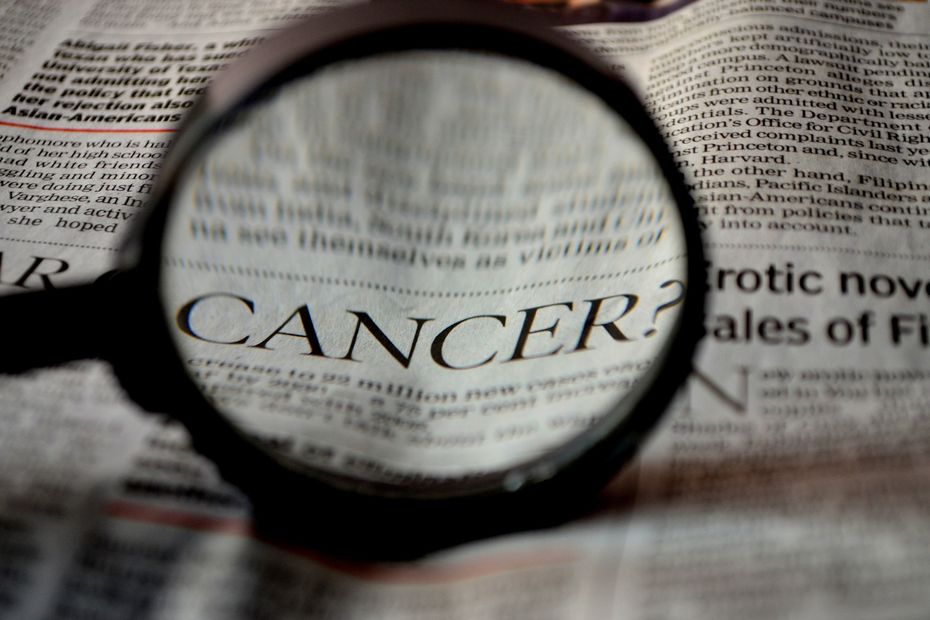What exactly does cocaine do to your nose?

In France, according to statistics from the French Observatory of Drugs and Addictive Tendencies (OFDT), cocaine is consumed in the form of a white powder and mostly nasally. In France, the number of 11–75 year olds who used cocaine was estimated at 2.1 million in 2017, and the proportion of 18–64 year olds who have tried the drug has quadrupled in two decades.
If we know the vascular and neurological complications of coke consumption, they are less known in the ENT field. And yet – spoiler alert – destruction of the nasal passages or soft palate is not a myth from the league of virtues and intended to scare away potential customers.
Professor Justin Michel, Head of the Department of ENT and Head and Neck Surgery at Conception University Hospital in Marseille, explains: “Cocaine use is a big problem for ENTs, whether because of the damage caused by the cocaine, but also because of the products used to cut it, especially levamisole, which is an anthelmintic used in veterinary medicine.”
Risks of injury inherent in cocaine
Let’s start with the effects of cocaine. Lucio Massi, an otorhinolaryngology specialist at the INAIL Forensic Medicine centers in Lacy and Brindisi in Italy, knows them well and has published on the issue. He explains that the short-, medium- and long-term damage is mainly due to cocaine’s vasoconstrictor nature (meaning it narrows the blood vessels), as well as the inflammation, if not the trauma, induced by inhaling the crystals.
“About ten to twenty minutes after snorting cocaine, the mucosa is affected by vasoconstriction and damage caused by cocaine crystals. Expert explains. The healing process of wounds in the nose is blocked. Then the cocaine wears off and the person starts using it again. As soon as you stop taking it, a vasodilation effect begins, often with blood flow that mixes with mucus stuck in the nasal passages. This leads to the formation of large crusts. A person has difficulty breathing through the nose and will be tempted to use inappropriate means and maneuvers to remove the scabs, which in some cases may cause additional damage..»
Lucio Massey then details the early dangers of cocaine consumption, even occasionally: rhinitis (inflammation of the nasal mucosa); pharyngitis (inflammation of the pharynx); frequent nosebleeds; Chronic nasal congestion usually leads to difficulty breathing; swallowing problems; lesions and crust formation inside the nose; hoarseness; rhinorrhea (runny nose); Itchy nose.”
In the long run, then, the risks are no longer any symptoms of a bad cold. Lucio Maco specifically refers to a change or even irreversible loss of smell, or perforation of the nasal cavity or hard palate. The expert gives us a description that is graphic to say the least: “There is At an advanced stage, a destructive lesion appears with aesthetic and functional damage to the nasal pyramid. Palate destruction makes eating difficult, if not impossible: food and liquids escape through the nose. In still more advanced stages, there may be involvement of the nasal roof and nasopharynx to the point of communication with the brain, creating a potentially fatal condition. Necrotic tissue crusts over and provides a breeding ground for infection, which can be very serious.“
Damage due to cutting products
If very severe lesions can be the result of chronic cocaine consumption, in some people – and this is Roulette – it can be due to vasculitis (inflammation of the blood vessels) caused by cutting the products. “In some people, levamisole can trigger vasculitis that mimics granulomatosis with polyangiitis, an autoimmune disease.»Professor Justin Mitchell explains.
Indeed, the symptoms are similar from the beginning (initially, nosebleeds, nasal congestion with crust formation, sinusitis, hoarseness, sometimes severe pain, fever) and specific antibodies for this disease can be falsely positive. “Even without cocaine, the disease then progresses on its own, leading to necrosis. (Premature cell death, editor’s note) in all organs», the ENT doctor continues. Before mentioning the possible consequences of delayed medical care: “We have, in spades, stories of perforated palates and damaged noses. We have also recently seen a case where the bone separating the nose from the brain was destroyed, leading to meningitis.»
Therefore, faced with the first symptoms indicative of vasculitis, Professor Justin Mitchell invites you to consult a doctor or go to the emergency room without delay and do not hesitate to say that you have consumed cocaine to be able to receive treatment –“First with anti-inflammatories and antibiotics to calm the acute phase, then cortisone for a few months, and finally, reconstructive surgery to repair the lesion.”.
Lucio Masi reports that “Surgical reconstructive procedures have a high failure rate even after prolonged abstinence”.. However, it details possible interventions: “Nasal surgery may be performed to treat a perforated nasal septum. The goal is to close the perforation and reconstruct the nasal septum to improve respiratory function and improve the appearance of the nose. She may have recourse to tissue autograft. The purpose of septoplasty is to correct the deviation of the septum, which is the nasal septum. May be associated with closure of a small hole in the part. In case of more extensive holes, a mucosal flap may be necessary to reconstruct the nasal passage. The nasal mucosa is then transferred and sutured to cover the hole and reconstruct the nasal passage.
Even if the cocaine in circulation is increasingly pure, the OFDT notes, it would be good for France to lift the ban on rapid control of those products so that users can analyze what they use – and thus check for cutting products. This “Drug Screening” Especially existing in Berlin and various Swiss cities, it is an essential risk reduction tool.





